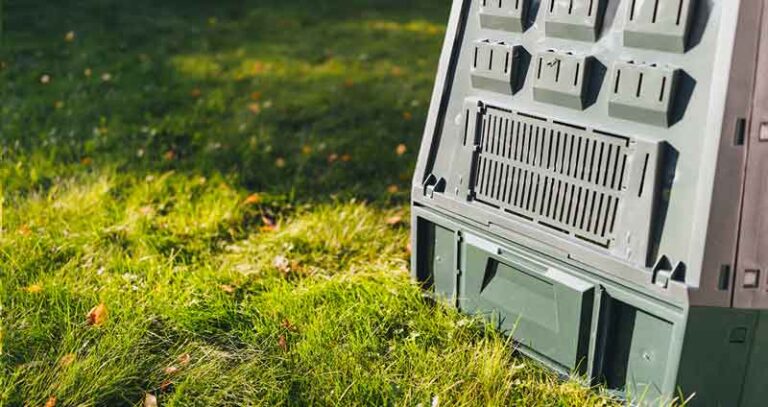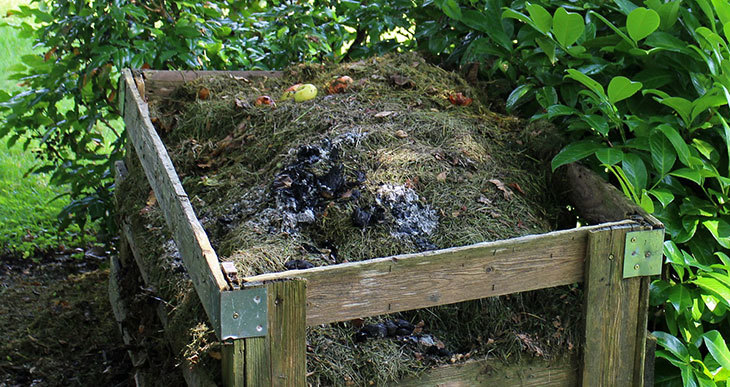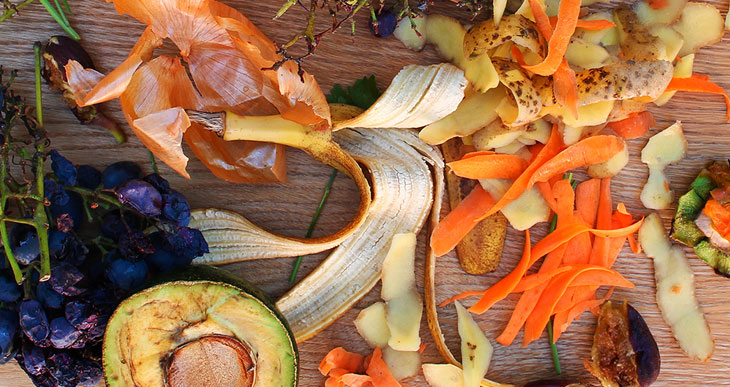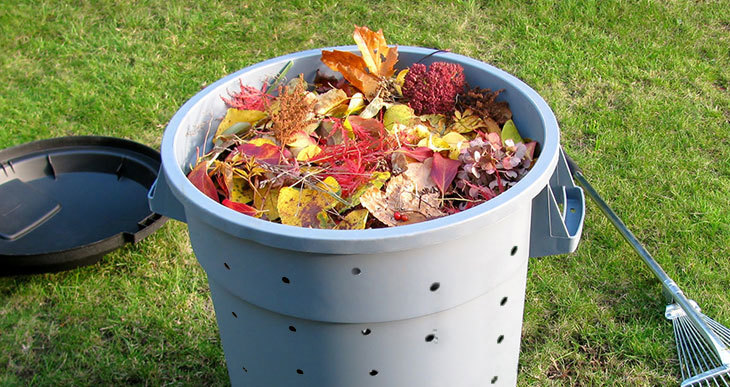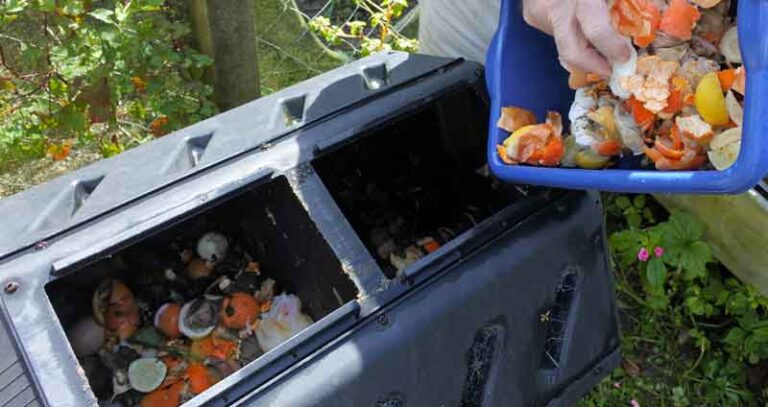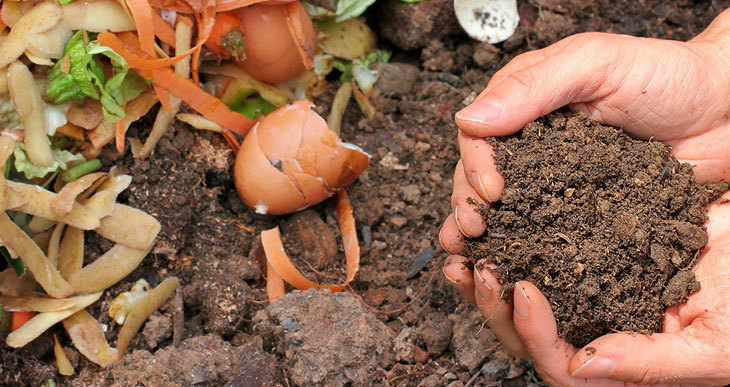Types Of Composting (15 Methods Explained!)
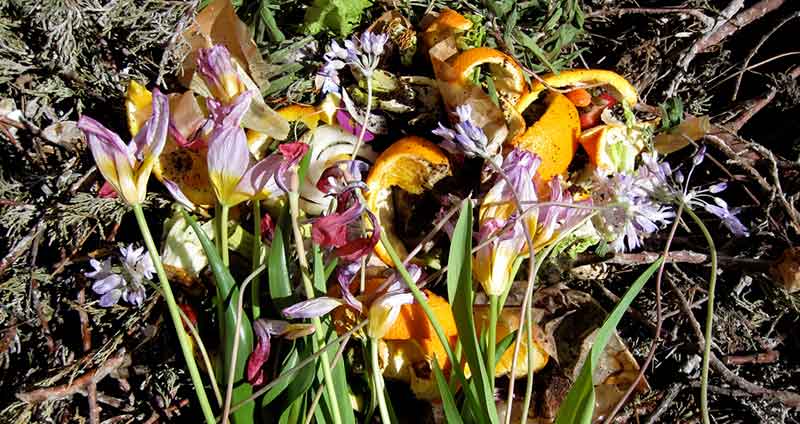
Perhaps you’re new to composting and are curious about methods other than the traditional bin or open heap. Or maybe you’ve been using the same composting method for years and now want to shake things up. Whatever your situation, I’ll let you into a world of composting options.
From jazzed-up compost bins and recipes for fast results to zero-maintenance and wormy methods!
Who knew there were so many ways to decompose organic wastes? The best part: every method turns what would have been piled onto landfill mountains into a soil supplement to grow lush, healthy plants.
Different Types Of Composting
Different types of home composting include backyard composting, vermicomposting, and bokashi composting. We can further divide backyard composting into hot (with oxygen) and cold (without oxygen) methods and into methods that involve composting in an open pile, in a container, or underground.
There are so many variations in composting types, methods, and techniques (with new ones introduced all the time) that I could endlessly split them into categories and subcategories.
Instead, I’ll give you a crash course on the top 15 composting methods all eco-warrior gardeners should know. Let’s go!
Hot Vs. Cold Compost Methods
One way to separate composting methods is into hot and cold composting.
With hot composting, microorganisms that need oxygen to live break down organic wastes, creating heat. The high temperatures speed up the process. This method gives quick results, but it needs your help. Your job is to maintain spot-on air and moisture levels to keep the composting creatures going strong. This means turning the pile regularly and adding water when it gets too dry.
Cold composting is slower, but it’s low- to zero-maintenance. With this method, you heap organic wastes together and let microorganisms that don’t need oxygen to survive do their thing. Here, the composting creatures break down the wastes through fermentation, not heat.
You can read more differences between hot and cold composting in this article.
1. Aerated Pile Composting Method
This type of composting method keeps air circulating through your pile without you needing to turn it for faster results with less effort.
There are different ways to set up an aerated pile system, from simple to sophisticated. The easiest way to help keep a pile aerated is by starting the pile with a layer of bulky wastes like corn cobs and branches. This bedding improves airflow and drainage.
Then as you grow the pile, throw in bits of egg boxes and large wood chips as you add new materials. These things add air pockets to allow further aeration.
Another tip is to build your pile around airflow tubes that extend from the bottom of the pile to the top. (Make the tubes by drilling holes into a PVC pipe about every 6 inches or by rolling chicken wire into a cylindrical shape).
Note: you can do this in an open pile, but it works better with something to contain the materials. The simplest is to build a wooden or wire mesh container about 4 feet square. If you’re not much of a handyman, try this good-looking thing here! (Amazon)
2. No Turn Compost Method
Suppose you like the idea of fuss-free composting, and you don’t mind waiting a year or more for your compost. In that case, there are several methods for you to consider that don’t need turning or airflow tubes.
The simplest no-turn method involves throwing organic wastes into an open pile or bin as you make them, then waiting for them to transform into compost. (No turn composting in a container is called continuous composting).
Another popular no-turn method is burying your organic wastes underground (I’ll tell you more about this method in just a bit).
3. Compost Bins

This is probably the most common type of composting for home gardeners. Compost bins contain your organic wastes to retain heat, keep them neat, and help you build a higher pile. Lidded containers also protect the wastes from extreme weather conditions and pests like rats and raccoons.
You’ll find bins of every description – You can buy a basic, easy-to-build bin for very little expense like this Geobin. Or a more sophisticated container like this 80-gallon version. (Amazon)
4. Insulated Hot Bins
Supercharge a basic compost bin, and you’ll get a hot bin. These bins promise to create the hot conditions needed for quick composting results with no turning.
The secret? Hot bins have tightly fitting lids and thick walls of insulating material to fire up decomposition. Here’s an example. (Amazon)
Heat is an essential component for effective composting. That’s one of the reasons why bigger volumes are better because they retain more heat. In addition, insulated containers help improve temperatures inside a compost bin!
5. 3-Bin Compost System
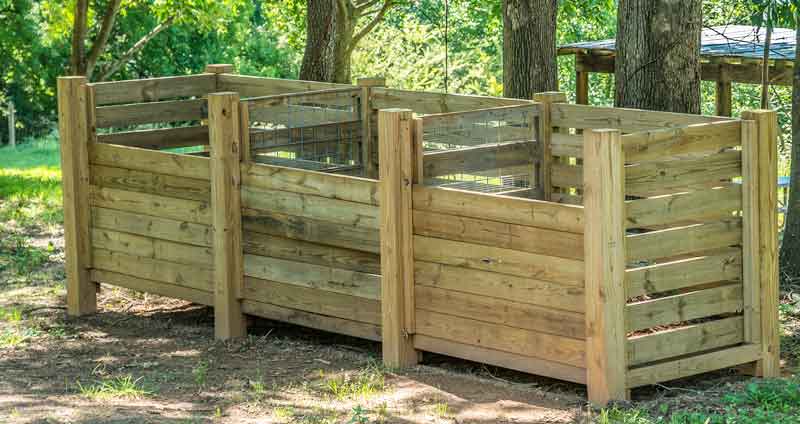
The 3-bin composting system streamlines the composting process. Serious gardeners use 3 bin or 2 bin methods because they provide more finished compost throughout the year.
The problem with constantly adding organic wastes to one bin is that the scraps already in the bin take time to mature into finished compost.
The 3-bin system comes to the rescue!
This system makes composting more accessible and efficient, especially if you have a big yard and a significant amount of garden waste. Multiple bay systems allow you to have more than one pile going simultaneously.
There are different ways to manage multiple-bay setups, but the end result is compost in various stages of decomposition. For example, one bay for filling, a second actively decomposing, and a third with maturing or finished compost.
6. Compost Tumblers
Turning compost to aerate the pile is essential if you want effective decomposition. But turning can be a difficult and time-consuming process.
Compost tumblers are rotating composting units that make turning organic wastes a breeze.
With this method, you can forget about sticking your shovel or garden fork into a mass of wastes to turn them over. With tumblers, all you need to do is turn the hand crank to get your waste materials spinning.
By the way, dual-chamber tumblers are considered more effective – The Miracle-Gro Tumbler is the most popular best-selling model on the market. (Amazon)
7. Trench Or Pit Composting
Trench or pit composting is a no-maintenance cold composting method that involves burying your organic wastes underground.
There are so many ways to do underground composting. Your choice of method will depend on how much waste and digging space you’ve got.
For example, if you have just little bits of kitchen scraps, you could try the dig-and-drop method. Dig a hole 12 inches deep, drop your wastes inside, and replace the soil. Then, dig a new hole in a new spot whenever you have more scraps.
If you grow food plants in regular rows, then trench composting makes a lot of sense! Instead of digging random holes, you make ditches in rows that later become enriched soil for planting in!
8. Trash Bag Composting

You’re unlikely to find a more straightforward way to compost fall leaves than in black plastic trash bags.
Just fill thick trash bags with shredded leaves. Then add half a cup of high-nitrogen fertilizer, about two shovelfuls of garden soil, a quart or two of water, and a cup of hydrated lime to each bag. Finally, tightly tie the bags and hide them somewhere warm (like your garage). After 12 months, black gold will fill your trash bags!
If that sounds too complicated, just fill your bags with leaves, sprinkle with water, close the bags and punch a few air holes in them. Of course, the contents take a while to turn into compost (known as leaf mold), but it’s an excellent way to recycle the abundance of fall leaves.
9. Bokashi Compost Method
The bokashi compost method is a nifty way to compost your kitchen scraps.
This is a popular way to compost indoors and repurposes kitchen waste.
You layer almost all food wastes (just not liquids and animal bones) and a bokashi inoculant into a specially designed bucket with an airtight lid and a tap at the bottom. The wastes then start to ferment. After about 10 days, they become a nutrient-dense material you can add to your outside compost pile or bury in garden beds.
The end product is not finished compost but rather accelerated decomposed matter that will more quickly turn into compost. You can buy Bokashi kits that provide everything you need to get started with the method. (Amazon link)
10. Worm Compost Systems
Wriggly composting dynamos called red worms are the stars of worm compost systems.
These worms live in special bins where they happily munch food scraps, paper, and garden wastes. These mighty composters produce a fantastic soil supplement (worm castings) and a liquid fertilizer called worm tea!
You can use a “worm farm” all year round, and the process is odorless in a specially designed worm composter like this.
Outdoor versions that can be partially buried in a garden bed also exist – the Subpod is a popular example.
11. Berkeley Compost Method
The Berkeley method can give you compost in 2 to 3 weeks. It’ll take planning and oomph to master this method, but its quick results make it worthwhile.
This can be done with a classic pile or a bin that gives you access to turning.
The essentials for this composting method include:
- Cut all organic wastes into little bits before adding them to your pile.
- Getting the right carbon balance to nitrogen (30:1) 2/3rd browns to 1/3rd greens.
- Making the pile’s moisture content about 50%.
- building a pile that’s at least 36 x 36 x 36 inches big;
- turning the pile every day or other day.
12. Indore Compost Method
If you haven’t heard of the Indore compost method, it’s probably because this method isn’t widely used these days. Even though many modern ways borrow some of its principles.
The basics of the Indore compost method are digging several long pits; filling the pits with layers of organic wastes, manure, and ashes; watering each layer after adding it; and turning the scraps twice, first after 6 weeks and then again after 12 weeks.
This is one of the first systemized composting methods developed by Sir Albert Howard in the 1950s. He was one of the pioneers of composting! His work led to the design of what is known as the wooden “New Zealand box,” considered to be the “ideal” garden compost unit. Most of today’s compost bins are inspired by this design.
13. Dog Waste Compost System
If you’re interested in composting dog waste, know that this needs to be a carefully controlled process. Don’t even think about dumping dog poop in with the rest of your organic wastes, as doing this could spread disease.
A must-do for composting dog waste: getting the compost temperature to 145°F (check this with a compost thermometer) for several days. This fiery temperature will kill disease-triggering organisms. Plus, you need to keep the finished compost away from crops you’ll eat.
See this step-by-step guide to creating compost from dog waste.
14. Easiest Composting Method
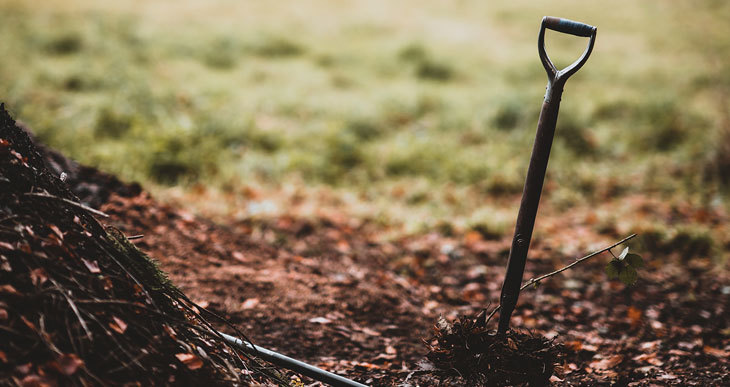
A composting method so easy it’s virtually effortless involves throwing all your garden and kitchen wastes onto an open pile or into a bin and then forgetting about them. Even with zero upkeep, organic wastes will eventually decompose. It’s what they do.
However, this easy-peasy method is also the slowest. In addition, it can attract pests to your garden and produce an awful smell.
15. Fast Composting Method
Organic wastes break down quickly when temperatures are high. So, hot composting methods are the quickest.
Many different recipes and tools can help you create the conditions for hot composting success. The rules for hot composting are:
- A large pile, at least 3 feet cubed
- Correct moisture level between 40-60%
- A balanced ratio of greens and browns (40% greens to 40% browns)
- Shredded materials (provides more surface area for bacteria to work on)
- Regular turning (ideally each time the compost reaches about 160°F)
What Is The Best Type Of Composting Method?
I could tell you the best way to compost your organic wastes is through a hot method. Hot composting is faster, safer (killing disease-spreading organisms), and more effective (destroying weeds and their seeds). But you might not have the types and amounts of wastes needed to raise compost temperatures to scorching.
Suppose you only have kitchen scraps to compost. Then the dig-and-drop method (if you have garden space) or the bokashi process (if you live in an apartment) might be your dream composting partner.
The best composting method for you fits the space and equipment you have available, using the energy and resources you have to spare in the time that suits your needs.
If one of the methods above takes your fancy, give it a go!
And then tweak the methods to make them your own.
That’s one of the things I like best about composting: there’s no one right way to do it.


